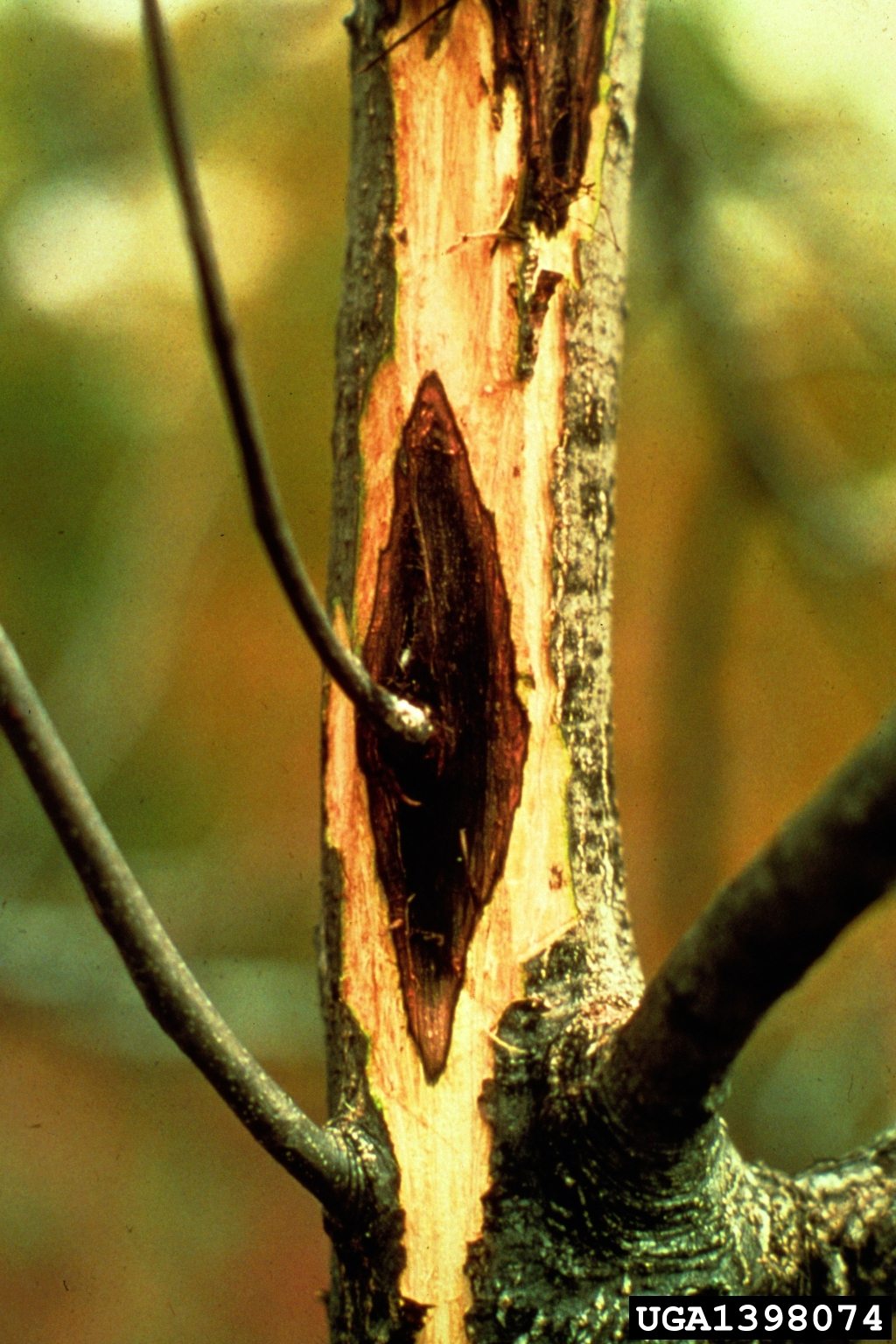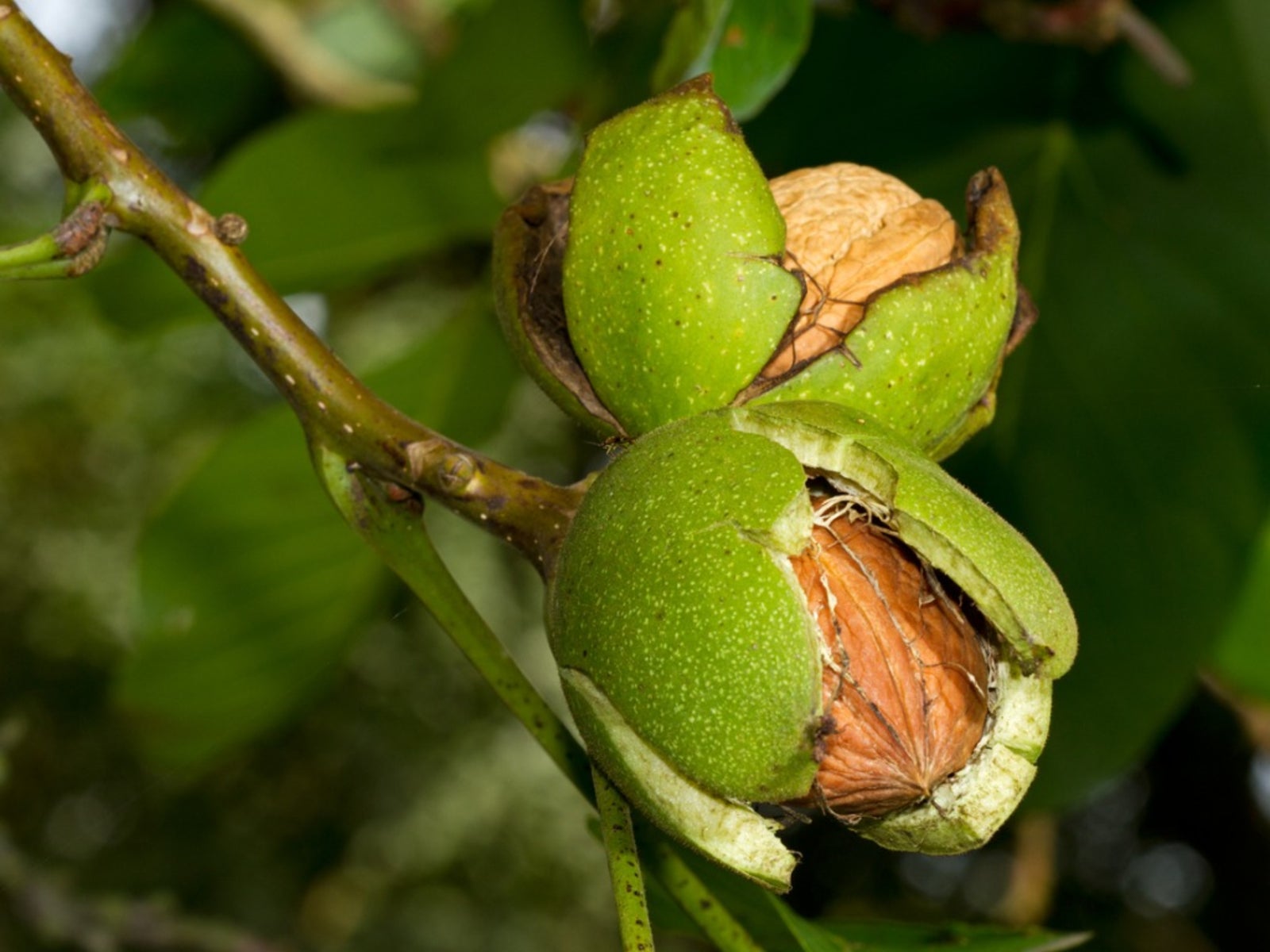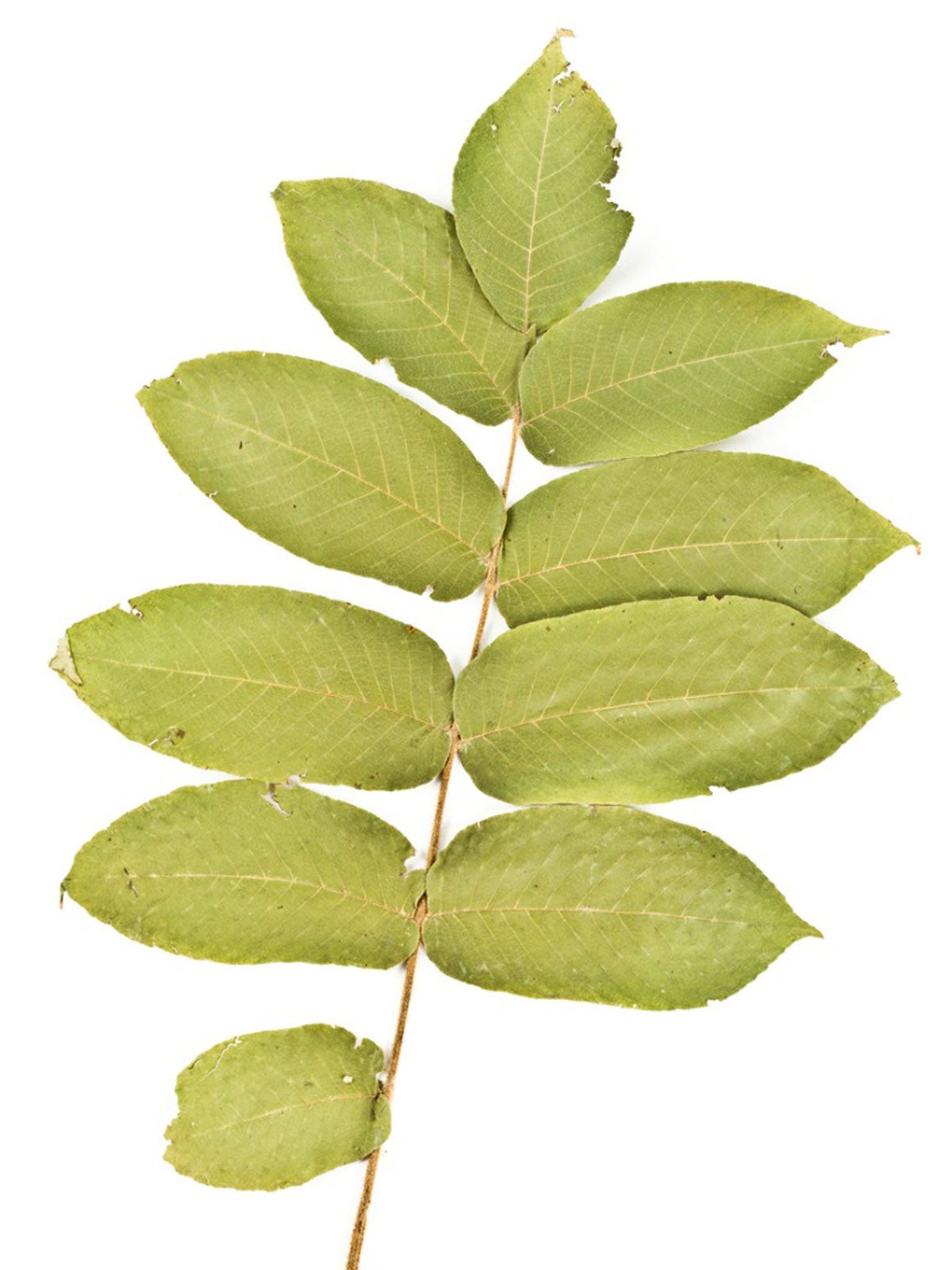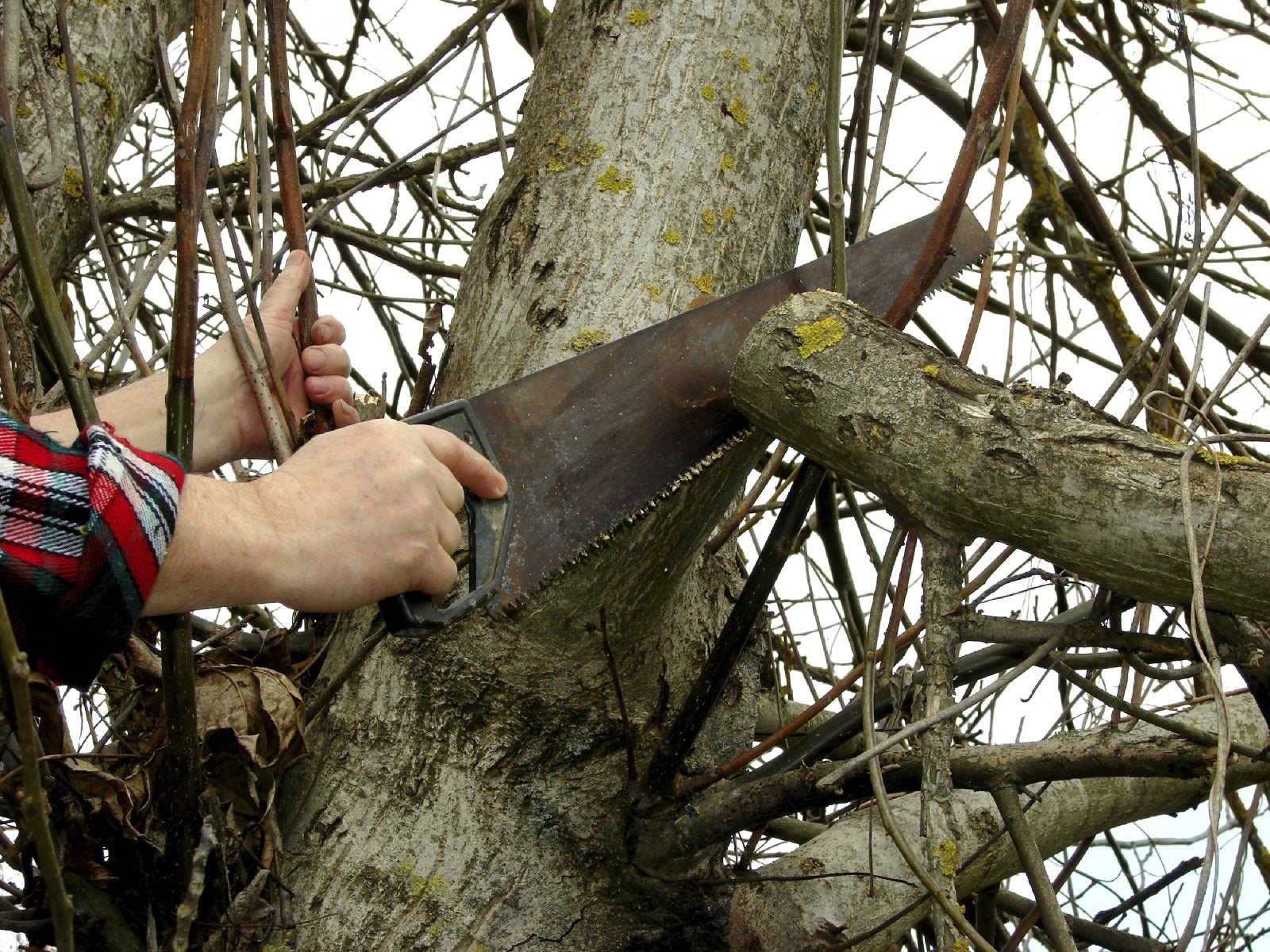Planting Walnut Trees: Tips and Information On Growing Walnuts

Walnut trees produce not only a delicious, nutritious nut but are used for their wood for fine furniture. These beautiful trees also provide shade in the landscape with their large, arching limbs.
How to Grow a Walnut Tree
Most growing walnut trees attain heights of 50 feet (15 m.) with an equivalent width and can be found throughout the United States. The English or Persian and black walnuts are the most common, used for nut production as well as shade trees. A mature tree will produce 50 to 80 pounds (23-36 kg.) of nuts yearly. The Persian walnut is grown in California and is prized for its large nuts. There are several cultivars such as:
- Hartley
- Chandler
- Serr
- Vina
- Ashley
- Tehama
- Pedro
- Sunland
- Howard
All leaf out late in the spring, thus avoiding walnut blight. Persian walnuts are adapted to Mediterranean climates with mild winters and are not suitable for some areas. Cold hardy cultivars of the Juglandaceae family include:
- Cascade
- Butternut
- Heartnut (Can be grown in the Pacific Northwest or the mid-Atlantic and southeastern United States and are known as Carpathian type.)
Choose a variety suited to your climate. Growing walnuts require 140 to 150 days with temperatures over 27 to 29 F. (-2 to -6 C.) for the earliest ripening varieties.
Planting Walnut Trees
Once you have made your selection, it's now time for planting the walnut tree. Till a 12 square foot area down to the depth of at least 10 inches (25 cm.) to remove any grass, weeds or other plants that compete for the new trees water and nutrients. Then, dig a hole 1 to 2 inches (2.5-5 cm.) larger than the walnut seedling's root ball. Put the seedling in the hole to the same depth as the pot or bury the roots 1 to 2 inches below the soil. Fill in the hole and tamp down to eliminate any air pocket around the roots. Water the tree in until moist, not soaked. Mulch the surrounding area with organic mulch, like wood chips, bark or sawdust, to retard weeds and maintain moisture. Keep the mulch 2 inches (5 cm.) away from your new tree.
Walnut Tree Care
Walnut trees have an extensive root system and as such do not need to be watered often -- only if the top 2 inches of soil have dried out. Prune any dead or damaged limbs as the tree matures; otherwise, there is no need to prune. Add mulch as needed each spring.
Harvesting Walnuts
Be patient. Walnut trees won't start producing nuts until they are about 10 years old, with peak production around 30 years old. How do you know when to start harvesting walnuts? Persian walnuts are harvested at the beginning of shuck split -- when the seed coat has turned a light tan in color. Depending upon the size of the tree, commercial producers use trunk or limb shakers and a windrow pushes the nuts into rows to be picked up by the sweeper. For the home grower, old fashioned shaking of branches and hand picking from the ground is probably the best method for harvesting walnuts. Nuts need to be dried by laying them out in a squirrel free area for a few days. Dried nuts can be stored for about four months at room temp or frozen for one to two years.
Gardening tips, videos, info and more delivered right to your inbox!
Sign up for the Gardening Know How newsletter today and receive a free copy of our e-book "How to Grow Delicious Tomatoes".

Amy Grant has been gardening for 30 years and writing for 15. A professional chef and caterer, Amy's area of expertise is culinary gardening.
-
 Try The Trend – Turn Any Bed Into A Keyhole Garden With This Clever In-Ground Composter
Try The Trend – Turn Any Bed Into A Keyhole Garden With This Clever In-Ground ComposterKeyhole gardening is an efficient and sustainable practice that saves space. Get started on this DIY project quickly and easily with an in-ground composter.
By Bonnie L. Grant
-
 4 Superfast Composting Methods: Turn Waste Into Garden Gold In 30 Days Or Less
4 Superfast Composting Methods: Turn Waste Into Garden Gold In 30 Days Or LessTry the fastest composting methods to turbocharge your pile and transform kitchen scraps and garden waste into finished compost in just a few weeks.
By Mary Ellen Ellis
-
 Butternut Harvesting: How To Harvest Butternut Trees
Butternut Harvesting: How To Harvest Butternut TreesAn underutilized nut, the butternut, is a hard nut that is as large as a pecan. If you are lucky enough to have one of these gorgeous white walnut trees, you may be wondering when and how to harvest butternut trees? This article can help with that.
By Amy Grant
-
 Canker In Butternut Trees: Learn How To Treat Butternut Canker
Canker In Butternut Trees: Learn How To Treat Butternut CankerButternut trees are treasures that add grace and beauty to the landscape, but butternut canker disease ruins the appearance of the tree, and it is almost always fatal. Find out about preventing and treating butternut canker in this article.
By Jackie Carroll
-
 Fusarium Canker In Walnuts – Learn About Treating Fusarium Canker Disease on Walnut Trees
Fusarium Canker In Walnuts – Learn About Treating Fusarium Canker Disease on Walnut TreesWalnut trees grow quickly, and before you know it, you have cool shade and a bounty of nuts. You may also have cankers that can kill the tree. Find out about fusarium canker in walnuts in this article. Click here to learn more.
By Jackie Carroll
-
Treating Walnut Bunch Disease: Bunch Disease In Walnut Trees
Walnut bunch disease affects not only walnuts but a number of other trees, including pecan and hickory. Find helpful information regarding symptoms of bunch disease and bunch disease treatment in the article that follows.
By Mary H. Dyer
-
 Is Growing Butternuts Possible: Information About White Walnut Trees
Is Growing Butternuts Possible: Information About White Walnut TreesWhat are butternuts? No, don't think squash, think trees. Butternut is a species of walnut tree and the nuts that grow on these wild trees are easy to process and delicious to eat. For more butternut tree information, click this article.
By Teo Spengler
-
 Trimming A Walnut Tree: How To Prune Walnut Trees Properly
Trimming A Walnut Tree: How To Prune Walnut Trees ProperlyWalnut tree pruning is important for the tree's health, structure and productivity. Walnut trees make nice shade trees, are excellent timber specimens, and produce delicious nuts. Click this article to learn how to prune a walnut tree.
By Karen Boness
-
 Walnut Tree Harvesting: When Are Walnuts Ready To Pick
Walnut Tree Harvesting: When Are Walnuts Ready To PickWalnuts are high in protein and delicious! What better reason to grow your own? The question is, when are walnuts ready to pick and what is the best way to pick walnuts? This article will help with harvesting walnuts.
By Amy Grant